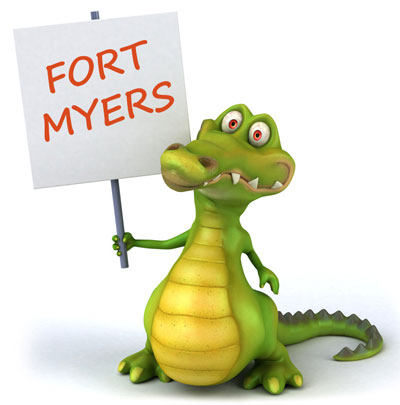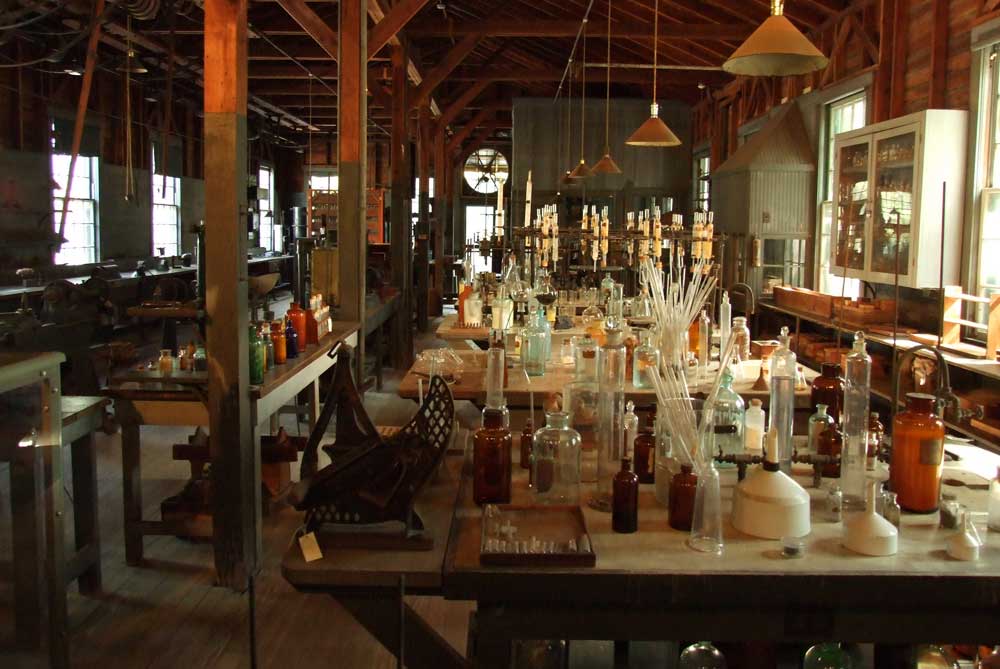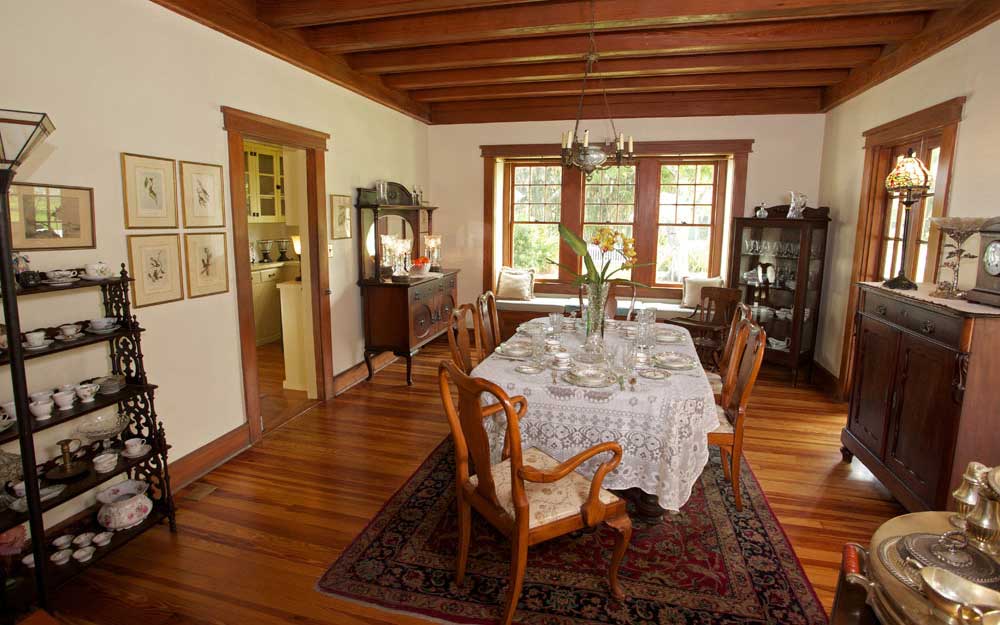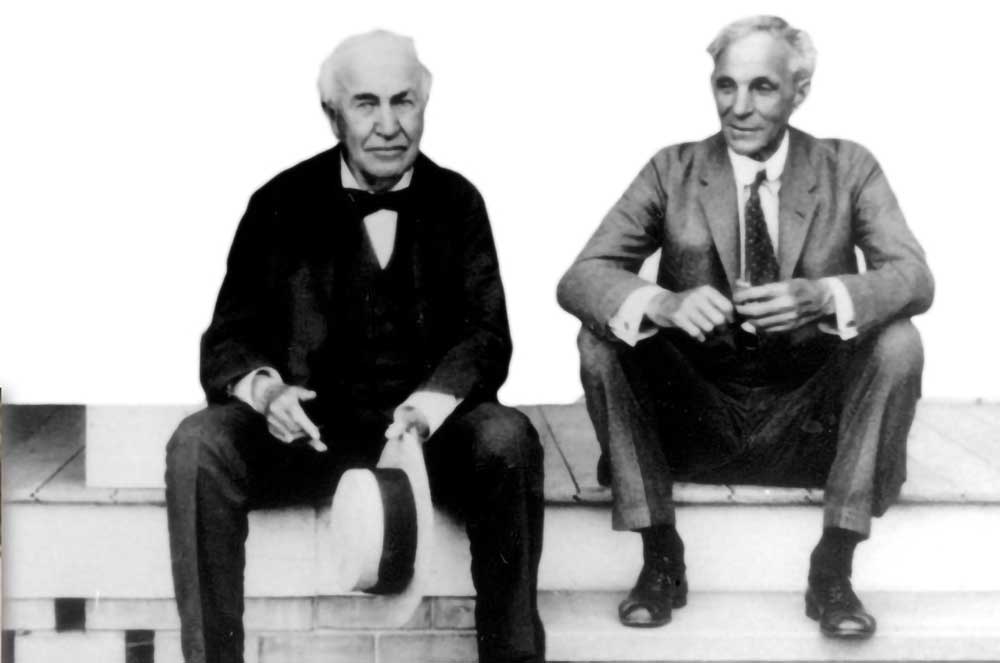Edison and Ford Winter Estates – Who invented the light bulb?
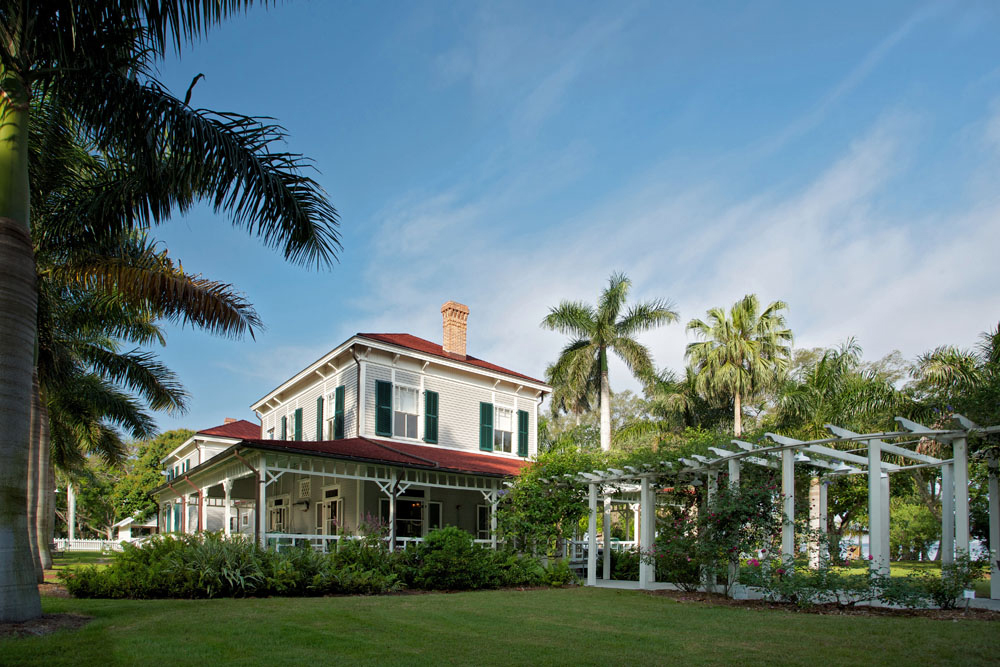
Probably the most important attraction in Fort Myers is the 5.7-hectare former estate of Thomas Edison and Henry Ford. At the Edison and Ford Winter Estates, two of the greatest inventors of the 20th century spent the winter months with their families under the warm Florida sun. Thomas Edison was one of car manufacturer Henry Ford’s best friends and his neighbor here in Fort Myers.
The celebrities’ adjoining estates included private homes and guest houses as well as Edison’s rubber research laboratory. The museum, which is now open to the public, offers a fascinating insight into the life and work of the two inventors. Actors appear as Thomas and his wife Mina and lovingly welcome visitors.
Although the houses were prefabricated at the time, they have withstood all the hurricanes that have swept across the country since then. The original pool is considered to be the first in-ground pool in Florida. Thomas Edison’s private rooms show the original living and dining room with a festively laid table and his wife Mina’s piano.
In addition, many other loving details give the impression that the Edisons are just around the corner. Henry Ford’s dining room, with its stylishly laid dining table, is also true to detail for time travelers, not least because of the 1920s music playing in the background.
Museum and laboratory of the Edison and Ford Winter Estates
The adjoining museum displays a collection of Edison’s great and lesser-known inventions such as the movie camera, the light bulb and a phonograph, also known as the gramophone. In terms of vehicles, there are original vehicles from the legendary T-model series and a four-cylinder Cadillac Coupé from 1908 by Henry Ford.
The laboratory has hardly changed since then and also gives the impression that Edison only went outside for a short break to get some fresh air in his botanical garden. Edison’s laboratory was dedicated to the creation of an American rubber hybrid at the behest of automotive pioneer Ford and tire manufacturer Firestone.
After numerous experiments, Edison cultivated a goldenrod that grew to almost four meters tall and contained twelve percent rubber. However, its use ultimately proved uneconomical due to high costs and was not pursued further.
Botanical garden as an in-house creation
The specially designed botanical garden is Thomas Edison’s second great passion. He had fruit, vegetables and herbs grown here for his own use and gave over 1700 plant species from all over the world a new home.
He used many of them to experiment with his rubber research. The large banyan fig at the entrance to the estate is particularly impressive. The 120-metre-high tree is considered the largest of its kind in the United States. It was planted in 1925 and today covers an area of almost 4,000 square meters.
Best friends – Edison & Ford
Thomas Edison and Henry Ford had more in common than just their inventive spirit – they were close friends, travel partners and neighbors. Their friendship began when the young Ford met the famous Edison at a trade fair and the latter encouraged him to pursue his idea of the gasoline-powered car.
Ford later bought a property right next to Edison’s winter residence in Fort Myers. There they spent the winter months together, exchanging ideas and going on camping trips with other greats such as Harvey Firestone.
Their deep bond is still evident today in the Edison & Ford Winter Estates, where visitors can not only see their historic homes and laboratories, but also feel the atmosphere of a unique friendship between two pioneers of industrial history.
Information & route planner Edison and Ford Winter Estates
| Opening hours | daily 9 a.m. – 5.30 p.m. |
| Admission | Adults $ 25 Children from 6 years: $ 15 |
| barrier-free | ✅ |
| Children | ✅ |
| Parking | ✅ free of charge |

